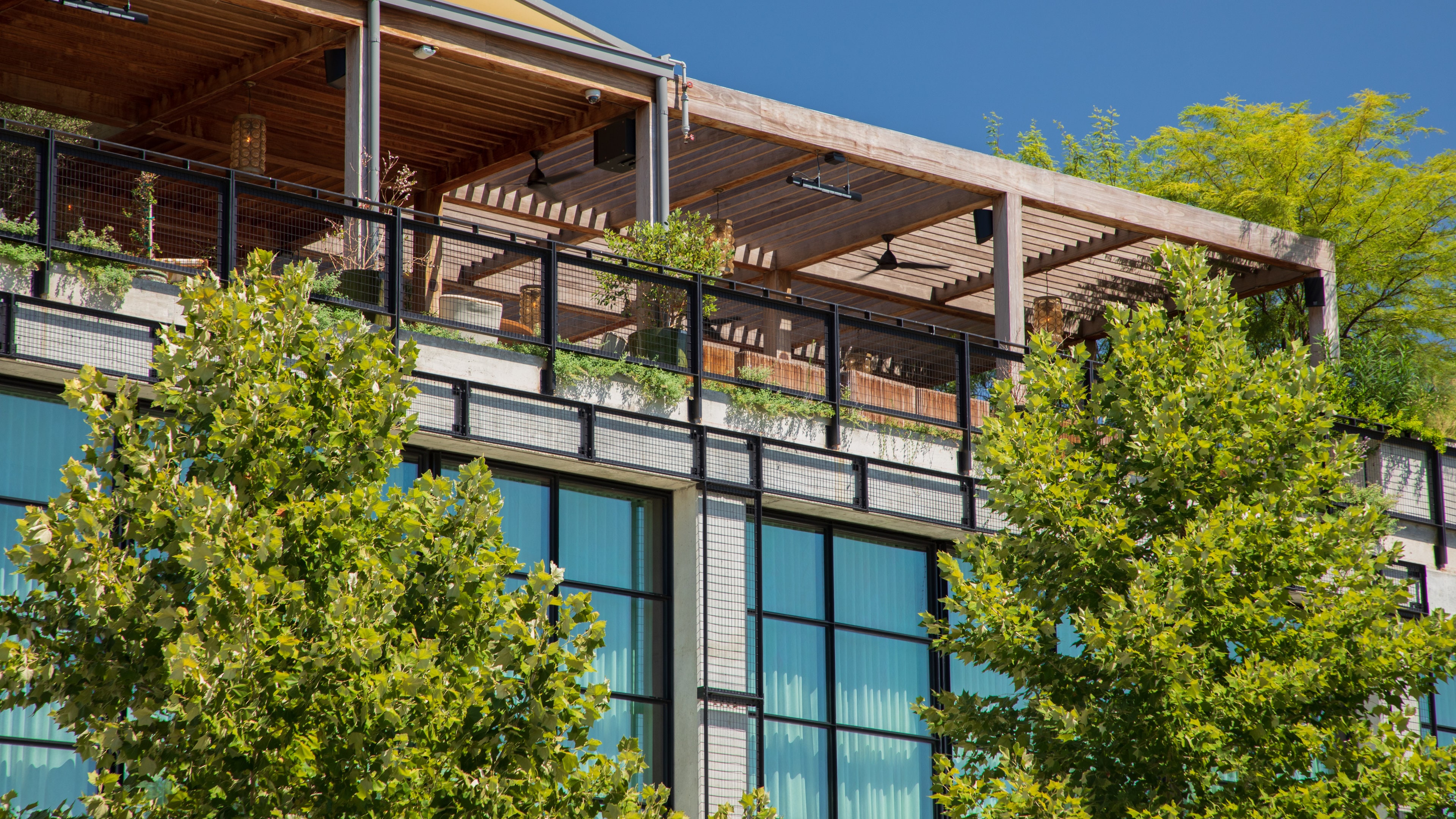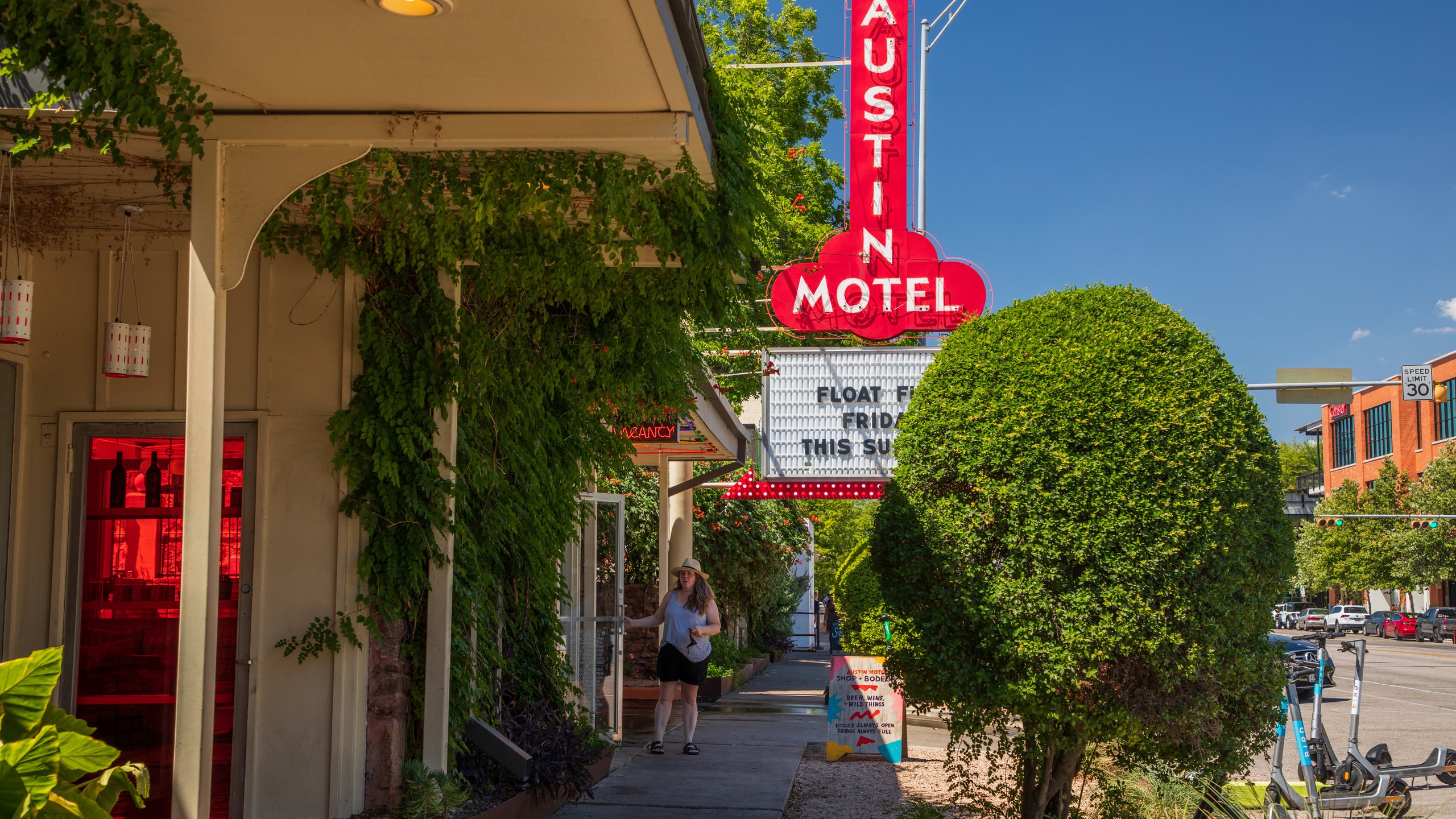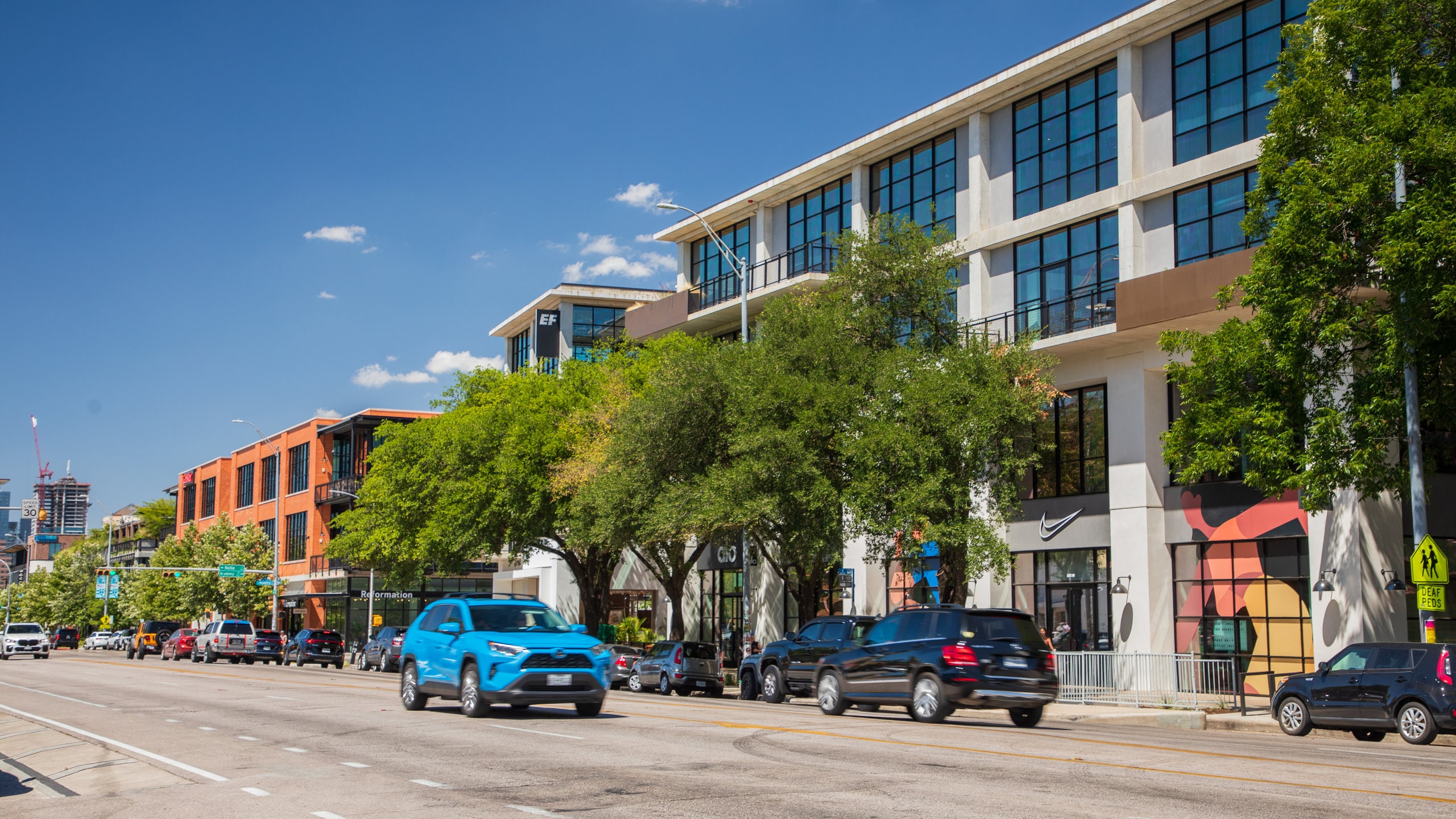The Texas State Capitol, located in the heart of Austin, is an iconic symbol of Texan pride and history. Constructed between 1882 and 1888, the Capitol stands as a testament to the architectural grandeur and historical significance of the Lone Star State. Comparing its past to the present reveals the Capitol’s enduring legacy and its role in shaping Texas.

Then: A Historical Landmark

In the late 19th century, the Texas Capitol was one of the most ambitious construction projects in the United States. Designed by architect Elijah E. Myers, the building’s Renaissance Revival style and red granite facade made it a standout piece of architecture. The Capitol was completed in 1888, and at the time, it was the largest state capitol in the country, even surpassing the U.S. Capitol in Washington, D.C., in square footage.

The building’s interior featured intricate details, including hand-carved wooden doors, stunning frescoes, and a grand central rotunda capped by a magnificent dome. The Capitol quickly became a symbol of Texas’ growth, ambition, and rich cultural heritage.
 Now: A Modern Beacon
Now: A Modern Beacon
Today, the Texas Capitol remains a central hub for state government and a popular tourist destination. Modernization efforts have preserved its historical integrity while adapting it to contemporary needs. The Capitol grounds, which span 22 acres, feature beautifully landscaped gardens, monuments, and statues that commemorate Texas’ storied past.

In recent years, the Capitol has embraced technology to enhance the visitor experience. Interactive exhibits and guided tours provide an immersive journey through Texas history, politics, and culture. The building’s robust preservation efforts ensure that the Capitol remains a pristine example of 19th-century architecture while accommodating the demands of modern governance.

A Living Legacy
The Texas State Capitol, then and now, exemplifies the resilience and pride of Texans. Its majestic presence in Austin serves as a reminder of the state’s historical journey and its ongoing evolution. As both a historical landmark and a functional seat of government, the Capitol continues to inspire awe and admiration in all who visit.






